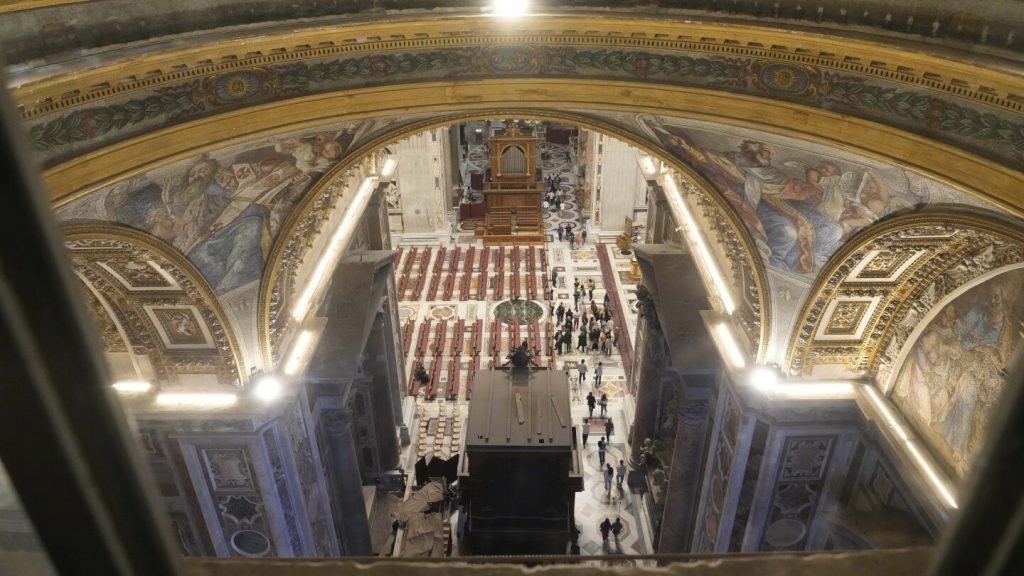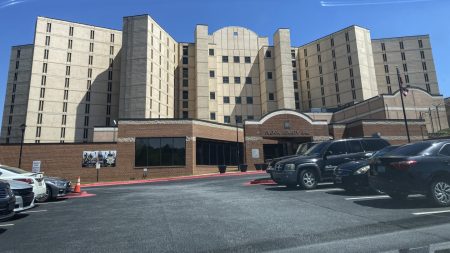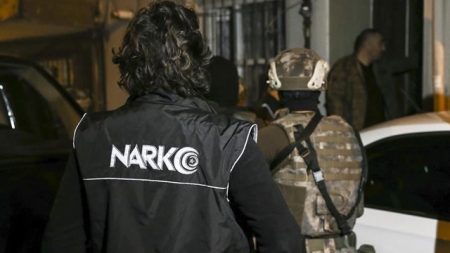In an innovative collaboration between the Vatican and Microsoft, a digital twin of St. Peter’s Basilica has been unveiled using artificial intelligence. The digital replica, created using 400,000 high-resolution photographs, allows visitors to explore the monument in a new interactive way. This project, deemed one of the most technologically advanced of its kind, is set to assist the Vatican in managing visitor flows and identifying conservation issues ahead of the 2025 Jubilee, a holy year that will draw millions of pilgrims to the basilica.
Pope Francis expressed his support for the project, emphasizing the importance of making people feel welcome in St. Peter’s Basilica. The digital platform accompanying the replica enables visitors to reserve entry times, a significant improvement for a monument that often has long lines of tourists. The main focus of the project is the creation of a high-precision 3D replica using advanced photogrammetry and artificial intelligence, enabling people to virtually visit the church and learn about its history. This digital twin, developed in collaboration with Iconem, has already identified structural damage and signs of deterioration that are not visible to the naked eye.
The development of the digital twin incorporates 22 petabytes of data, showing the substantial technological investment made by Microsoft. Pope Francis has been vocal about the ethical use of AI, calling for international regulations to ensure that technology is aligned with compassionate human values. Through the use of modern technology, the Vatican is able to preserve its ancient faith and protect a piece of world heritage, as St. Peter’s Basilica celebrates its 400th anniversary of consecration in 2026. The project highlights the collaboration between tech companies and religious institutions to promote ethical AI practices.
Microsoft’s involvement in the St. Peter’s Basilica project follows similar AI initiatives at other historical sites, such as Mont Saint-Michel in France and Ancient Olympia in Greece. The partnership between Microsoft and the Vatican underscores the potential of technology to enhance the preservation and accessibility of cultural landmarks, blending ancient history with modern innovation. The use of artificial intelligence and digital replication offers a unique way for visitors, both physical and virtual, to engage with and appreciate the historical significance of St. Peter’s Basilica.
The digital twin project represents a significant advancement in the field of cultural preservation, showcasing the power of AI in heritage conservation. By leveraging technology to identify conservation issues and provide interactive experiences for visitors, the Vatican and Microsoft are pioneering new ways to protect and showcase historical monuments. As the digital replica of St. Peter’s Basilica continues to evolve, it stands as a testament to the importance of combining tradition with innovation in the realm of cultural heritage. Through this collaboration, the Vatican is embracing the potential of technology to safeguard its rich history for future generations.















